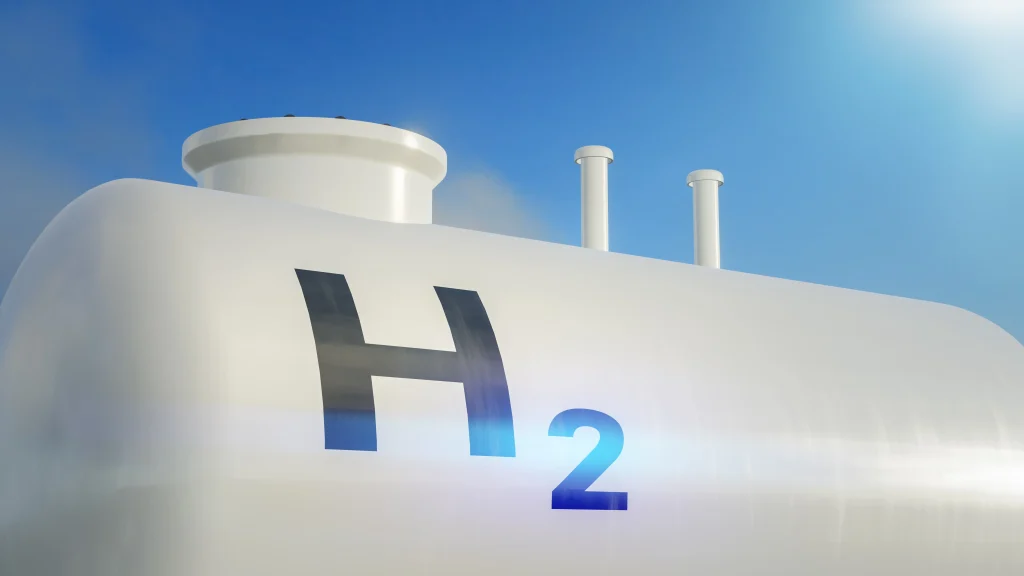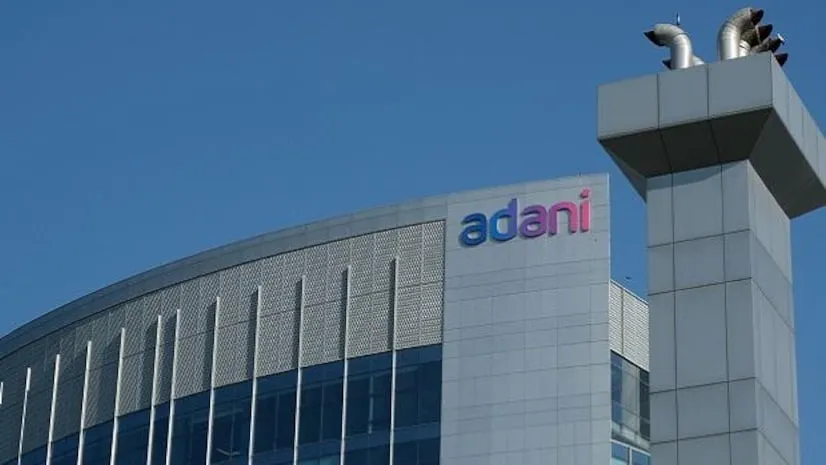Adani Group is pioneering the blending of green hydrogen into natural gas supplied for cooking in parts of Ahmedabad to reduce emissions and achieve net-zero targets. Through its joint venture, Adani Total Gas Ltd (ATGL) with TotalEnergies, the company has begun blending 2.2-2.3% green hydrogen into piped natural gas in Shantigram, as announced on LinkedIn.

Innovations in Hydrogen Production
Hydrogen produced through eco-friendly methods is injected into natural gas pipelines, resulting in a blend that generates heat and power with significantly lower emissions compared to using natural gas alone. This green hydrogen is generated using renewable energy sources such as wind and solar power, employing a process called electrolysis to split water into hydrogen and oxygen.
ATGL announced the successful commissioning of its Hydrogen Blending System and in-situ Hydrogen Generation at Adani Shantigram in Ahmedabad. The project aims to supply uninterrupted hydrogen-blended natural gas to approximately 4,000 domestic and commercial users.
Expanding Green Hydrogen Usage
Currently, state-owned NTPC supplies green hydrogen-blended natural gas to households in Kawas, Gujarat, while GAIL (India) Ltd is conducting a small pilot project in Indore with grey hydrogen. However, ATGL’s initiative is the largest to date, with plans to gradually increase the green hydrogen blend in natural gas to 5%, and ultimately 8%. The company aims to expand this initiative beyond Shantigram to other regions in Ahmedabad and beyond.

“This achievement is a significant step towards reducing our carbon footprint and transitioning to cleaner energy solutions,” ATGL stated. The company is committed to sustainability and envisions a cleaner future with healthier air for all.
Addressing Challenges in Hydrogen Blending
ATGL CEO Suresh P. Manglani emphasised that this innovative project represents a major step in decarbonizing India’s energy sector. While green hydrogen, which emits no carbon, is touted as a future fuel, its tendency to corrode pipelines poses challenges for widespread adoption. Testing indicates that blending up to 10% hydrogen into natural gas can be done without damaging pipelines or equipment.

ATGL is currently blending 2.2-2.3% hydrogen, with plans to increase to 5% and eventually reach the 8% limit set by regulators. For higher blends of up to 30%, changes to the material grade and wall thickness of pipelines would be necessary.
Hydrogen energy plays a crucial role in the global transition toward reducing greenhouse gas emissions and combating climate change. Although hydrogen can be extracted from various sources, its high production costs present challenges. However, Adani Group’s initiative marks a promising step in advancing sustainable energy solutions in India.
